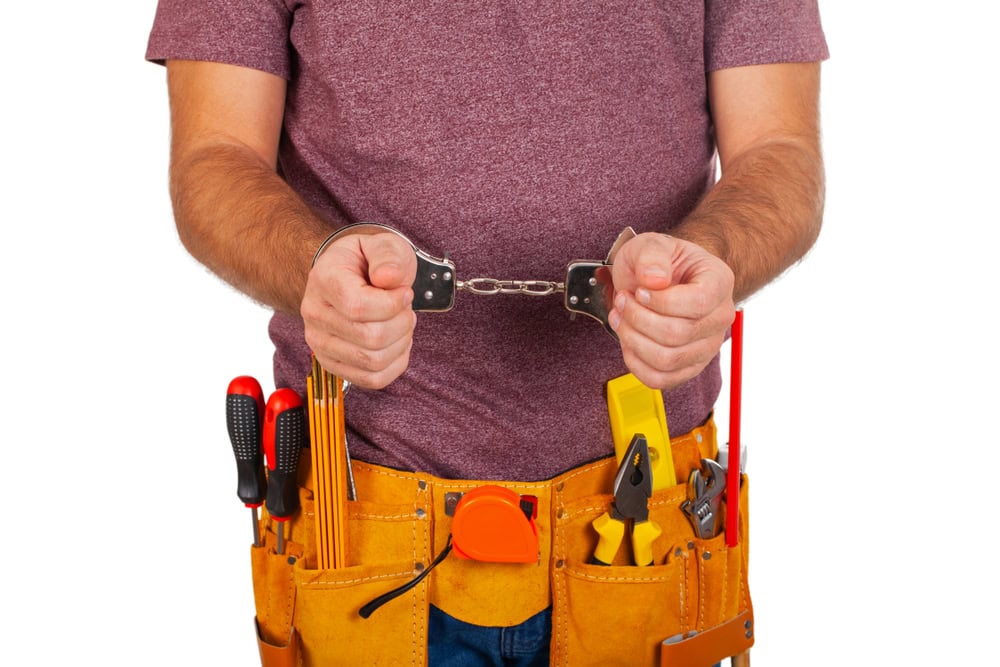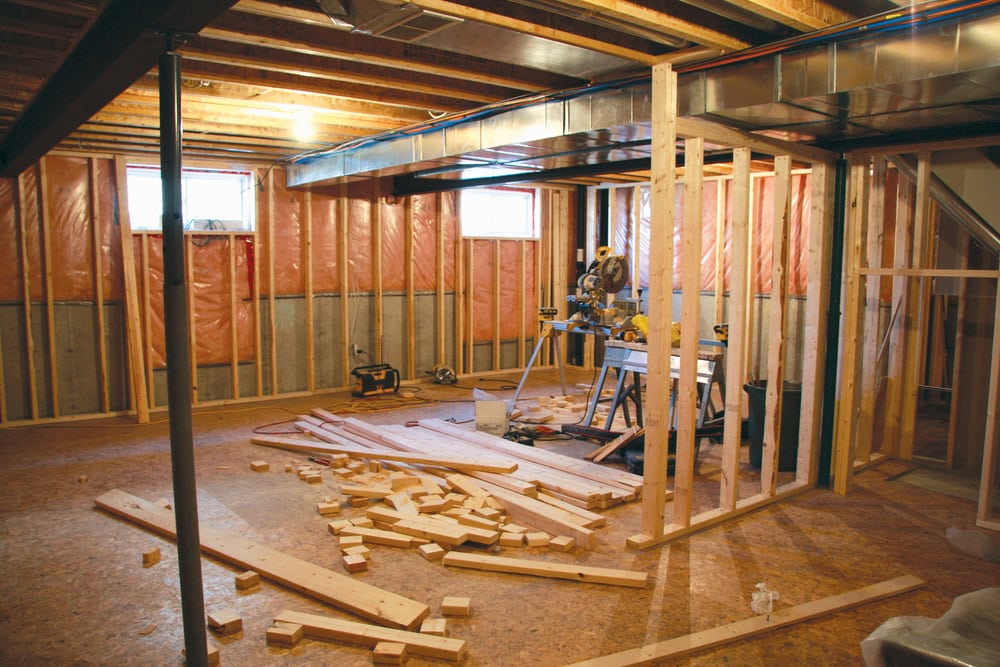Top Tips for Scaling Your Contracting Business
Are you dreaming of taking your contracting business to the next level and achieving that elusive seven-figure mark? It’s not just a dream—many contractors have done it, and you can too. With the right strategies, mindset, and hard work, you can transform your small contracting business into a thriving, high-revenue company. Let’s dive into the … Read more










